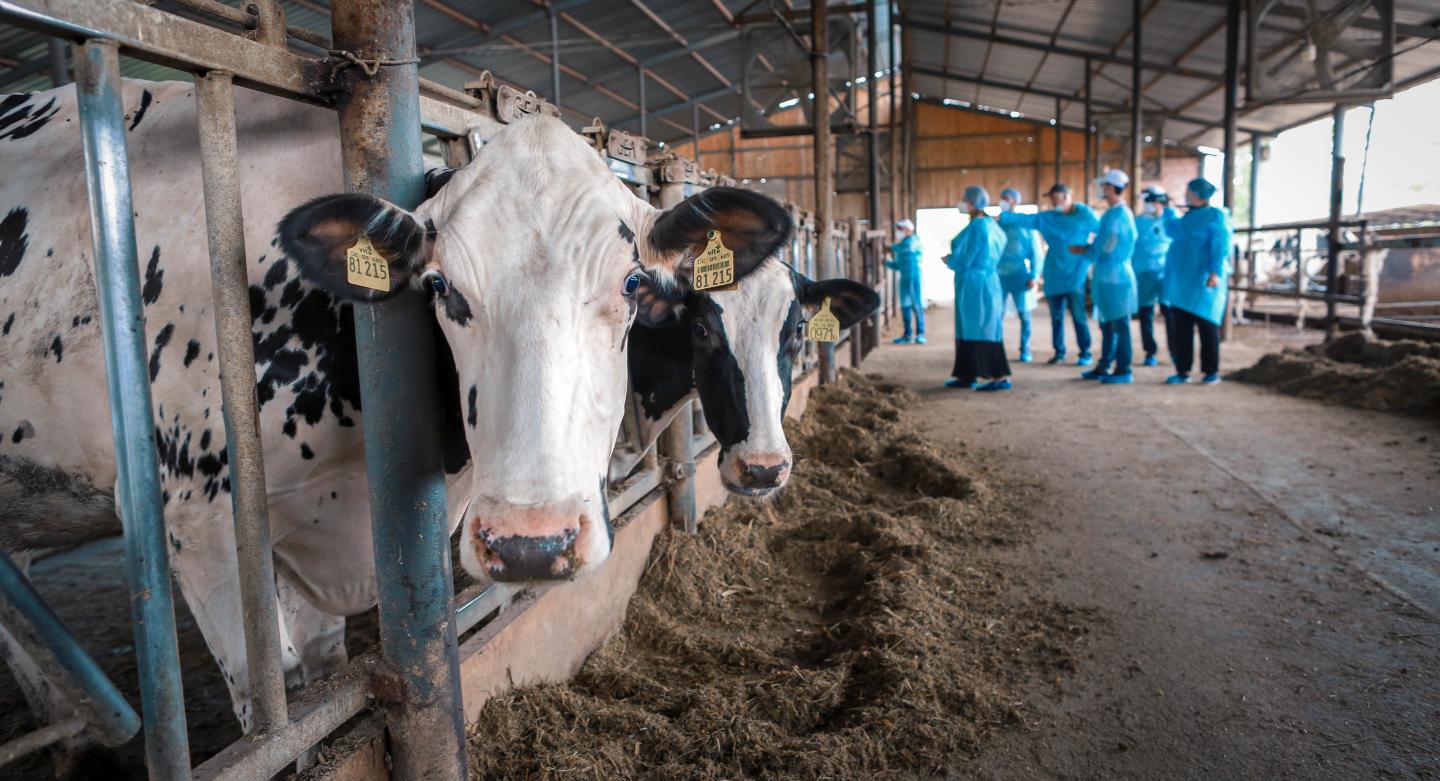Georgia Safety and Quality Investment in Livestock (SQIL)

Cooperative Development Organisation
Implementing Partners and Organisations
Period of Implementation
Geographic scope
Asia-Pacific: Georgia
Cities: Akhaltsikhe, Ambrolauri, Tbilisi, Kutaisi, Batumi, Adigeni
Budget
Donor(s)
Bilateral Aid: United States Department of Agriculture
Sector(s)
Type of Activity
Summary
Land O'Lakes Venture37 is leading the USDA-funded Food for Progress Safety and Quality Investment in Livestock (SQIL) project to improve food safety and quality along Georgia’s dairy and beef value chains to increase the competitiveness and trade in both sectors. This will increase domestic, regional and export demand and sales, increase investment in productivity, increase employment opportunities in both sectors and provide these sectors with growth and trading capacity. The project is partnering with GFA, uniting agribusiness know-how with industry-leading food safety acumen and deep Georgian agribusiness connections. The project complements the development activities of other Georgian Government agencies and donor funded initiatives relevant to achieving SQIL objectives. Improving the capacity for development, presentation and implementation of competitiveness improvement policies and the institutional framework of Georgian Governmental agencies is a key SQIL objective. From farm-to-fork, this project will reduce losses and boost competitiveness, productivity, product diversification and application of Good Agricultural Practices.
Project Objectives
Increase agricultural productivity and expand trade in the dairy and beef sectors
Impact on SDGs
Main Indicators
2) Yield of targeted agricultural commodities among program participants with USDA assistance - Dairy
3) Value of annual sales of farms and firms receiving USDA assistance
4) Volume of commodities sold by farms and firms receiving USDA assistance (MT)
5) Number of jobs attributed to USDA assistance
Impact Measurement
Utilize an external evaluation firm to conduct baseline, midterm and endline evaluation on the project, which includes quantitative and qualitative approaches
Direct beneficiaries
Organisations: 5
Individuals: 87